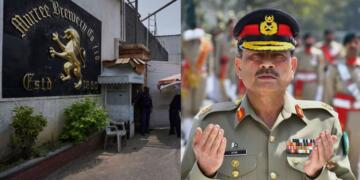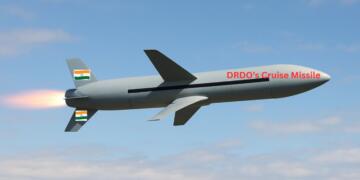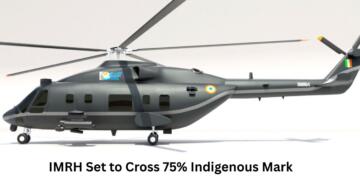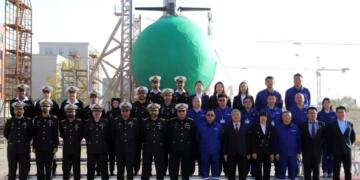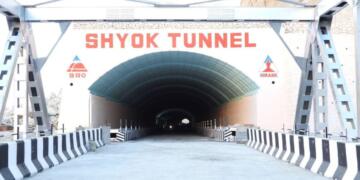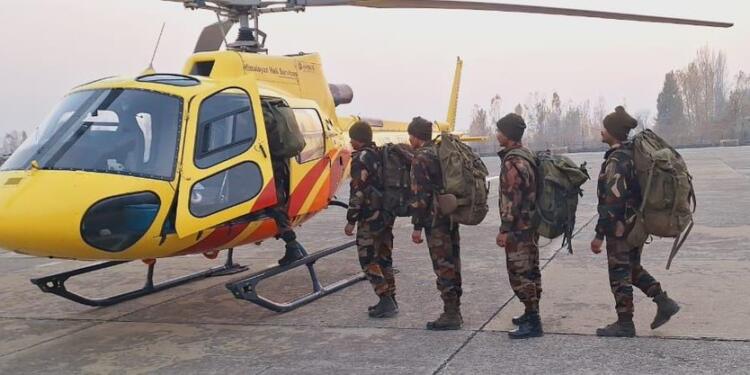As part of a strategic effort, the Indian Army has signed a one-year contract with civil aviation service providers to boost logistical supplies to 44 forward posts in Jammu, Kashmir, and Ladakh. This is part of the overall civil-military cooperation strategy and also as per the PM Gati Shakti program.
Indian Army Starts Using Civil Helicopters for High-Altitude Logistics Supporthttps://t.co/Fr2M4mMBLl pic.twitter.com/QXY1GQY47Z
— idrw (@idrwalerts) November 29, 2024
The agreement facilitates year-round logistics to 16 locations in Jammu and seasonal support—of 150 days’ duration—to 28 locations in Kashmir and Ladakh. Historically, these missions were carried out by military or Indian Air Force helicopters, but the transition to civil helicopters is expected to cut down on operational costs and save combat aviation assets for high-priority missions.
Helicopters will fly from 10 bases: seven in Ladakh, two in Kashmir, and one in Jammu. They will bring vital supplies like food, fuel, and medicine to posts often isolated by deep snowfall. This is a major change in India’s method of maintaining high-altitude military outposts, especially during winters.
The civil aviation partner will operate the entire logistics operation, with effective and efficient supply chains. The arrangement also allows the Army to focus its resources on combat and emergency missions without sacrificing key forward positions.
Aside from logistics, the move indicates India’s increasing conjoining of civilian and military capacities. It improves the Army presence along with local development. Increased connectivity boost tourism, create local jobs, and support infrastructure development in these remote regions.
The Indian Army aims to extend the model to other areas of disturbance, including Himachal Pradesh, Uttarakhand, and the North-East. Thus, it will try to offer operational readiness in high-altitude areas along with creating local economic avenues.
This partnership of Indian Army & Civil Authority provides a model for using civil capabilities to fulfill strategic defense objectives, making India’s overall border strength and development stronger.



